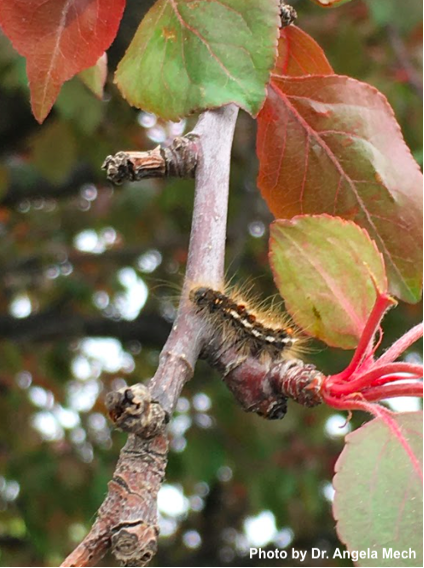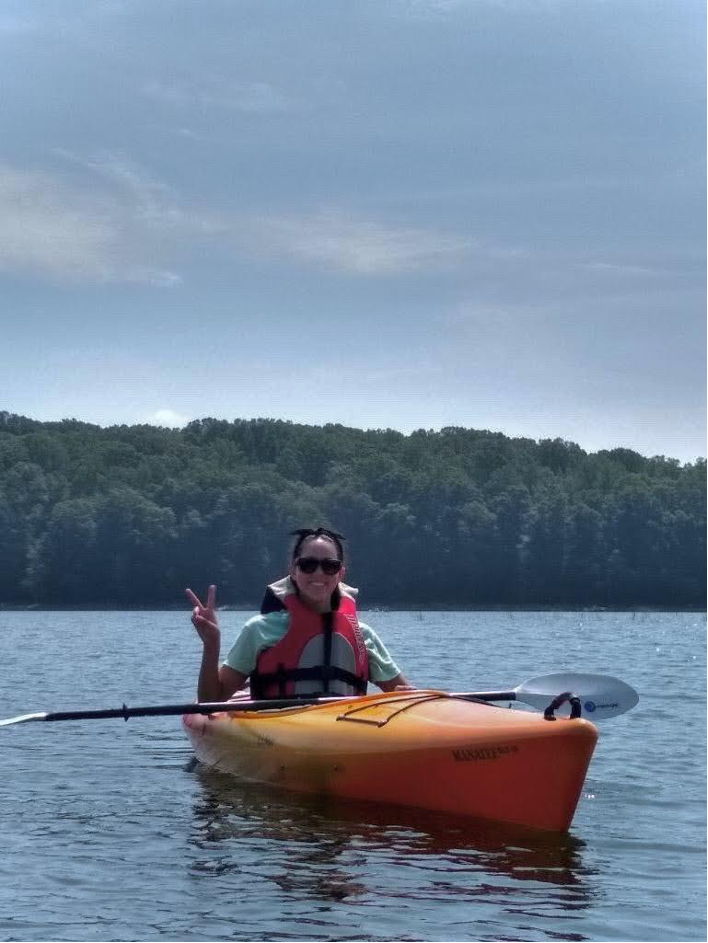What’s swollen, itchy, and red all over? Your skin because of Browntail Moths!
By: Chelsea Patterson
Remember summers as a kid, when you would go out exploring the woods and great outdoors like it was your playground? There was nothing to fear, no obstacle you couldn’t handle, except one. The one your parents always warned you about. If you touched its leaves, your skin would turn bright red, swell, and get very itchy. Poison ivy was one of my biggest fears when I was younger, but imagine, what if you could get that same red, swollen, and itchy skin from something else?
The browntail moth is a non-native species that was introduced to the New England area of the United States in the late 1890’s. As caterpillars, browntail moths have tiny, toxic hairs that can cause severe rashes and respiratory problems in humans. Following its initial introduction, browntail moths spread rapidly, causing human health, economic, and ecological impacts. As they posed a large issue at the time, there were massive efforts to contain, and reduce, browntail moth populations. Despite these efforts, browntail moth populations remained high for almost 15 years, until they rapidly dropped for unknown reasons.
Now, fast forward to today, browntail moth populations have reached 100-year highs in Maine, causing itch creams to become scarce and people to stay inside. This summer, I am working with Dr. Angela Mech, whose research is focused on forest pests and their management, to better understand how newsprint media in Maine is presenting the browntail moth issue to the general public, and to determine if, and how, information pathways for browntail moth outbreaks has changed from the past outbreak in the 1990’s to the current outbreak.
I will be conducting my research through content analysis, identifying various themes related to browntail moths, and comparing the frequency in which those themes appear in newsprint articles in Maine. I have been using University of Maine’s Maine Newsstand, Proquest, to conduct my searches, and later, to select the articles that I will read and analyze further.
So far, I’ve found that themes, such as humans, pesticides, and guidance, appeared more frequently in newsprint articles than other themes, such as climate and research. Although browntail moths are a multifaceted issue, this indicates that the main focus of browntail moth-related information is human health impacts. And, this indicates that ecological impacts, like defoliation and tree mortality, and economic impacts, like reduced tourism and cost of pest management, are not as frequently discussed in the articles.
Next, I hope to determine whether or not these newsprint articles have been helpful in spreading information and providing guidance (risk-minimizing) or if the newsprint articles have been opinion-based and instill fear (risk-amplifying). And, furthermore, determining if the degree of helpfulness has changed from the 1990’s outbreak to the current outbreak. I believe that this research will be important because it can indicate how the public perceives browntail moth outbreaks, and where there are potential knowledge gaps between experts and the general public.
 Like poison ivy, the browntail moth can reasonably cause people to fear going outside and doing the things they love. However, much like poison ivy, there are ways you can minimize your contact with them and prevent possible health impacts. And, in order to maximize the effectiveness of guidance, it is important to identify those knowledge gaps so we can prioritize filling them.
Like poison ivy, the browntail moth can reasonably cause people to fear going outside and doing the things they love. However, much like poison ivy, there are ways you can minimize your contact with them and prevent possible health impacts. And, in order to maximize the effectiveness of guidance, it is important to identify those knowledge gaps so we can prioritize filling them.
I look forward to continuing my research on browntail moths, and learning more about how they have impacted various sectors of the One Health Initiative. Going into this REU ANEW program at UMaine, Orono, I knew I wanted to gain research experience involving the intersection of environmental protection, human health, and economic wellbeing. Being a rising junior, Environmental Science and Policy major, and Agricultural Leadership and Communication certificate student, at the University of Maryland, College Park, I have grown my love for how interdisciplinary the field of environmental science and protection is. I have many career aspirations ranging from pursuing my PhD and becoming a professor, practicing environmental law, or working internationally to promote sustainable policies and practices. That’s why I am so grateful for the University of Maine, Orono, and the National Science Foundation for allowing me to have the wonderful opportunity to learn valuable research skills and grow in my passion for this field.

